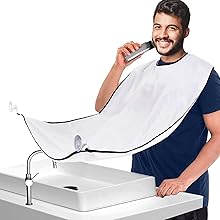
How NCAA rule to admit CHL players could create butterfly effect across hockey
Global News
The National Collegiate Athletics Association is opening the door for CHL athletes to play college hockey in the U.S. That decision will ripple through many levels of the sport.
The winds of change continue to swirl around the NCAA as the governing body for U.S. collegiate sports opened the door Thursday for Canadian Hockey League players to join their squads.
For the past few decades, once a player suited up for a team in the CHL — where NHL teams often place draft picks to help them develop — they were considered a professional and were off-limits to play at a U.S. college by the National Collegiate Athletics Association.
The professional designation might have been harsh as most CHL players are given a scholarship for when their careers come to an end as well as a small weekly stipend.
“The way that the NCAA tended to look at this is, if you are playing alongside someone who has signed a professional contract, then you are a professional,” said London Knights radio voice Mike Stubbs.
Being a pro in the eyes of the NCAA meant players as young as 16 were forced to choose between playing in the CHL or in lower tier leagues in an effort to remain amateurs in the eyes of the NCAA.
While this week’s change was likely inevitable with the NCAA allowing players to be paid through the Name, Image and Likeness (NIL) deals, Tyler Kuehl, who writes for College Hockey News, said there were a couple of recent events that sped the process up.
“Rylan Masterson, the Junior B player, a proposed class action against the NCAA and 10 of its schools that they violate antitrust laws for not allowing major junior players to play NCAA,” he said in the hours leading up to the NCAA announcement.
Masterson had played a pair of exhibition games with the OHL’s Windsor Spitfires when he was 16 years old and was then previously disqualified from playing in the NCAA.





















 Run 3 Space | Play Space Running Game
Run 3 Space | Play Space Running Game Traffic Jam 3D | Online Racing Game
Traffic Jam 3D | Online Racing Game Duck Hunt | Play Old Classic Game
Duck Hunt | Play Old Classic Game